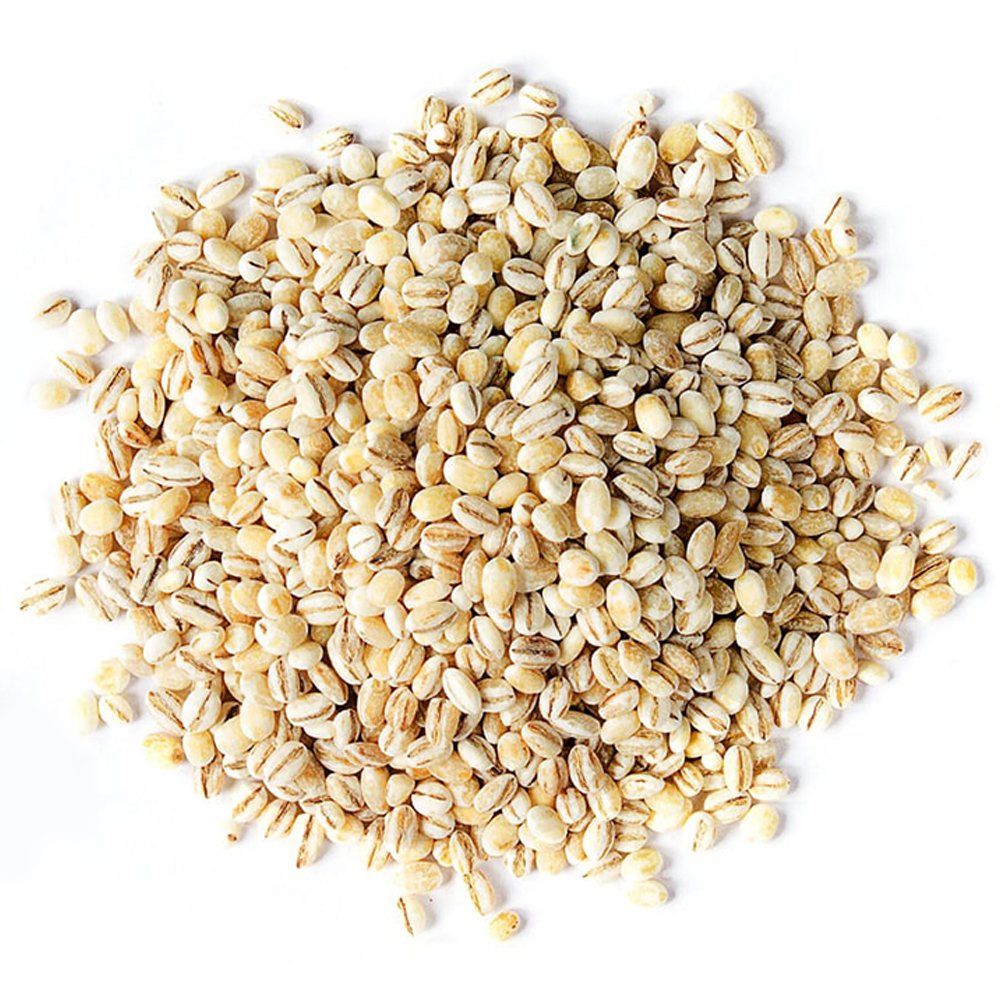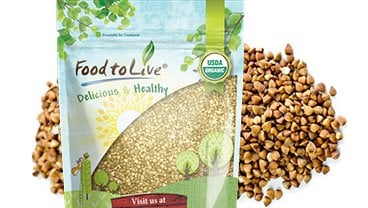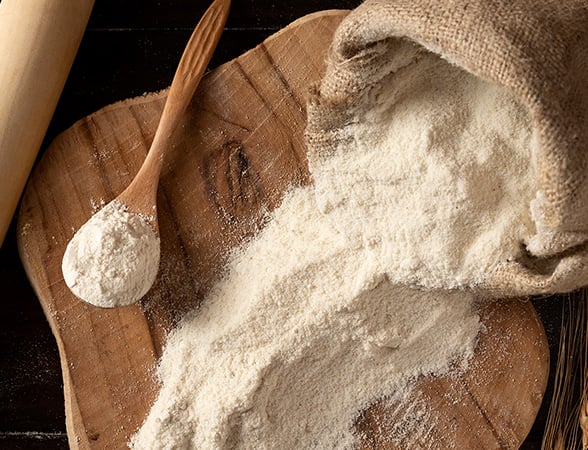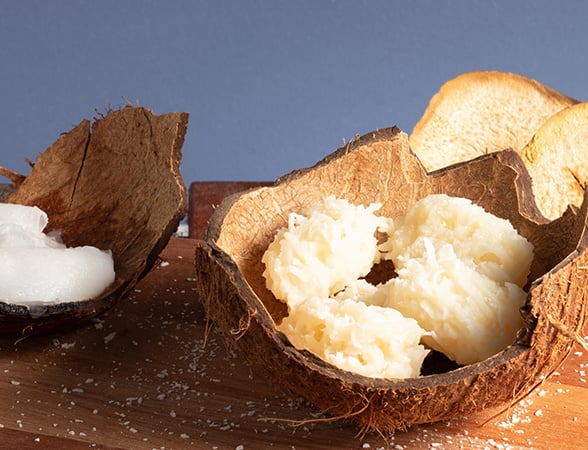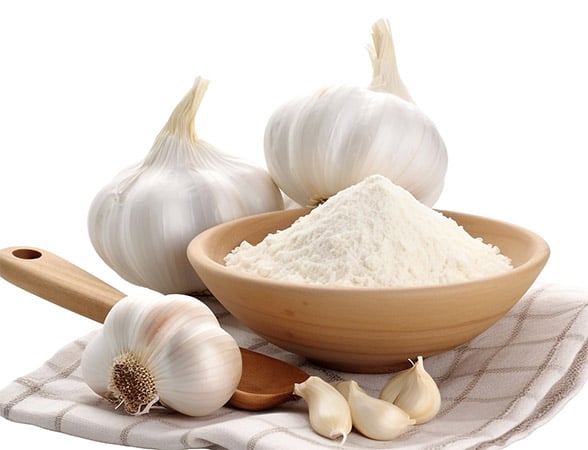May 31, 2020 · Written by Foodtolive Team
Nutritional Comparison: Farro vs Barley
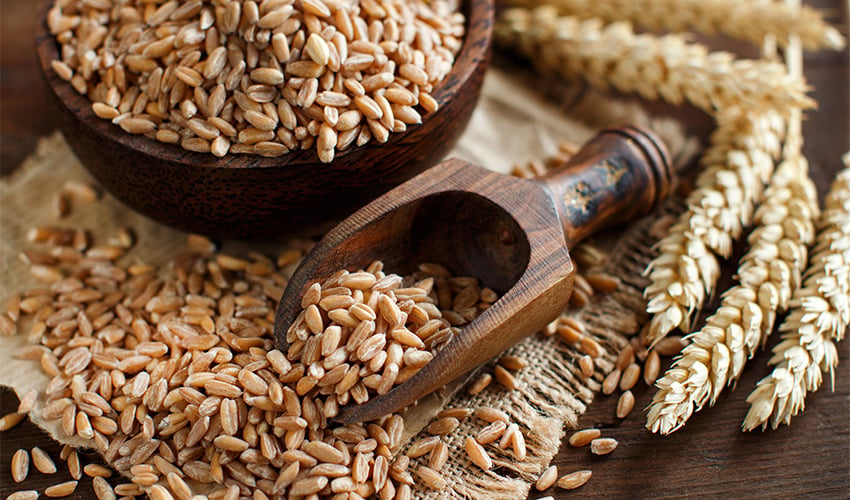
The Difference Between Farro and Barley
Farro and barley are the cereal grains people have been growing for tens of thousands of years. Farro is one of the wheat species, but unlike wheat, its grains are bigger. Moreover, it has a hard outer shell that protects the cereal from pests, adverse external influences, and moisture loss.
Barley is another cereal grain known to humanity since the beginning of agriculture and is still popular now. Barley is a universal grain because of its versatility; you can use it to make porridge or soup, barley bread is fantastic, and it is a great animal fodder.
Farro vs. Barley Nutrition
Farro grains have a higher nutritional value than grains of traditionally cultivated wheat varieties.
It is significantly superior to wheat in vegetable protein content (grains of this cereal crop contain 25 to 37%), unsaturated fatty acids, fiber, iron, and B vitamins. The gluten protein, which farro has in high amounts, contains 18 amino acids, essential for the human body. Farro also contains mucopolysaccharides that play an indispensable role in our immune system.
It is worth mentioning that a human body more easily and quickly absorbs the nutrients in the farro than the nutrients of wheat grains. Farro Bread quickly becomes stale; however, unlike wheat bread, it preserves grains’ nutritional value.
It is also important to remember that farro is a wheat product, and therefore, it contains gluten, a well-known allergen.
The nutrition content of barley grain has by the optimal ratio of proteins (up to 15.5%) and carbohydrates (up to 75%). Moreover, barley protein is significantly superior to wheat protein in its nutritional value). It also has 3-5% fat, 9.6% fiber, enzymes, B, D, E, and A vitamins.
The composition of barley grain includes a relatively small amount of starch (compared with rye, wheat, peas, and corn) and a lot of fiber (up to 9%). In terms of fiber amounts, barley is superior to most known cereal crops, but oats).
As far as pearl barley is concerned, its content is similar to wheat.
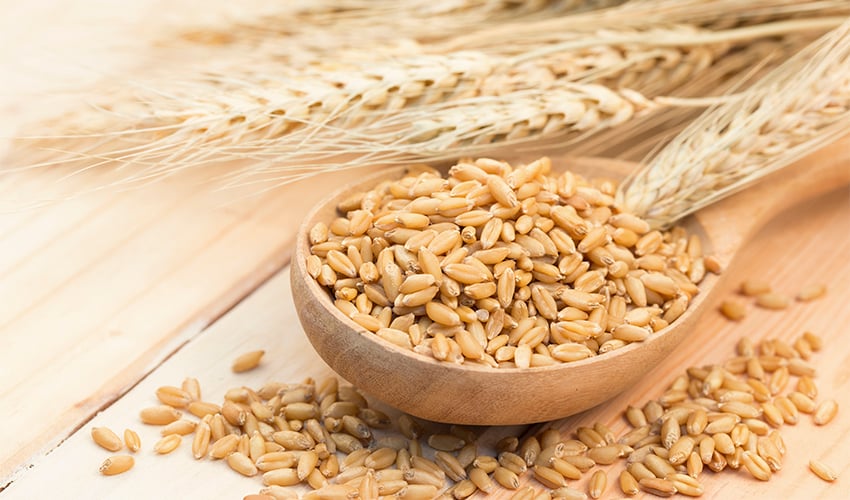
Hulled, Semi-Pearled, and Pearled
When barley goes through the husk removal process, it’s “Pearled” – light in color, less chewy, and requires less cooking time. However, both barley and farro husks rich in fiber; therefore, many favor the natural form of grains to get all the nutrition there is.
Semi-pearled barley is a compromise alternative, only a part of the bran layer gets removed.
To reduce the time of hulled barley or farro cooking, you can soak these grains for a night. It will reduce the cooking time to 10-15 minutes. You might want to grind them if soaking isn’t an option.
Conclusion
Farro and barley are quite similar. Both are suitable replacements for wheat grains because you can make flour, porridge, soup, and other meals.
Both are rich in protein, although farro has more than barley. Thus, both can be a source of protein for vegetarians or vegan diets. However, it is also important to remember that they both contain gluten and might not be the right choice for all.

